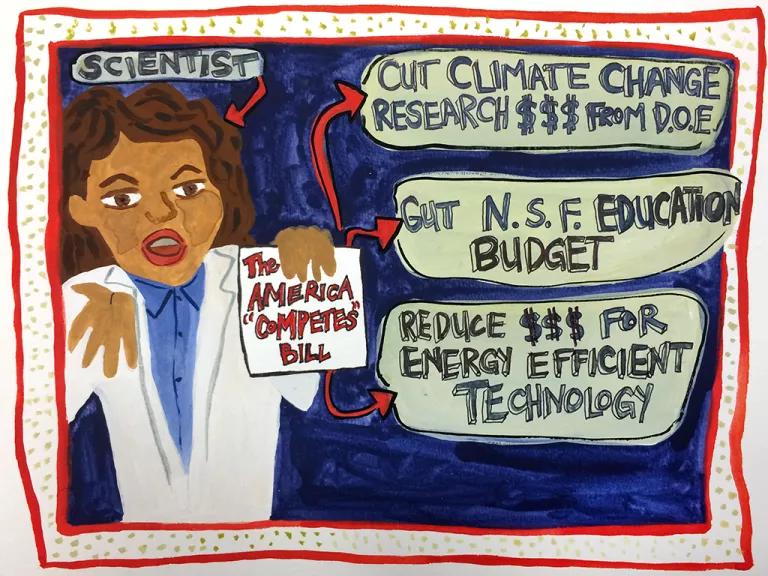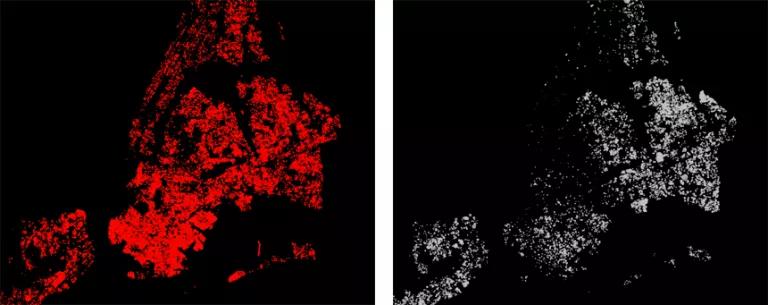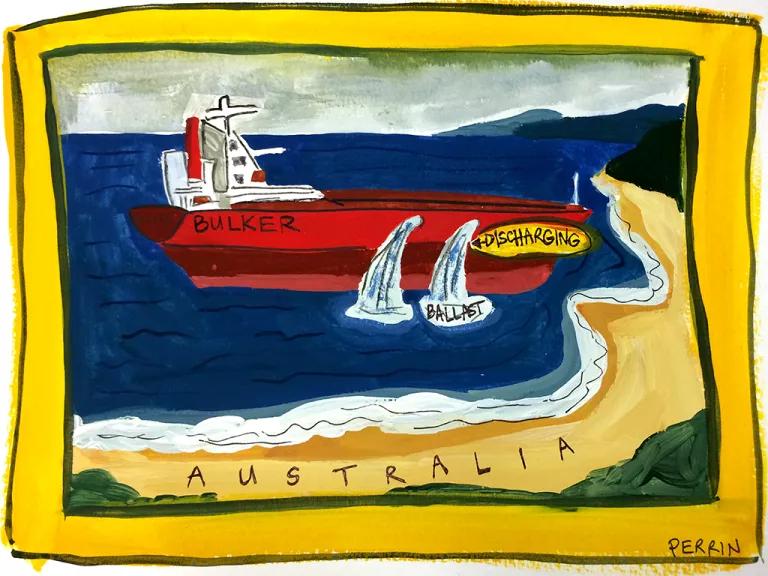Trees Bloom Big (Just Before They Bust)
A weekly roundup of the best in science journalism, doodled.

How do trees know when it’s spring? This video from The Atlantic taught me that it’s the seasonal changes in daylight, not temperature, that cue a tree to bloom. Also, a heavy bloom doesn’t mean a tree is thriving. It actually could mean its root system is so damaged that it knows it’s going to die, but it wants to make a lot of babies before it does.
Some scientists are unhappy about the America COMPETES Reauthorization Act that a senator put forward last week. Among other things, it pretty much suggests Congress knows what needs researching better than researchers themselves. “Before they take such a drastic step,” Sherri Goodman, president of the Consortium for Ocean Leadership, told Science Magazine, “I hope they reconsider the adverse consequences it would have to the environment, the economy, and national security.”

I’m clearly a fan of visualizing science, so I really enjoyed this piece in Wired, which features an interactive map of tree species in New York City. Created by Jill Hubley, who based the map on the Parks Department’s 2005 tree census, it pinpoints 592,130 trees across the city’s five boroughs. The most common tree in NYC? The former Parks chief’s favorite, London planes. Wired calls for planting more native species, such as sugar maples and American elms, to attract pollinators and help suck up water runoff. As NYC prepares for its 2015 census, Hubley’s map could help city planters make smarter picks.

On top of its sizeable carbon emissions, the shipping industry transports invasive species into new seas via ballast (the water kept in the hull used to keep a ship steady on the high seas). After looking into how shipping patterns around Australia changed between 1999 and 2012, scientists found the amount of ballast released in the country’s waters has nearly doubled. The rising number of “bulkers” traveling to and fro corresponds to a coal-mining boom in Australia, and the practice of dumping ballast continues even after the country prohibited it in 2001. Blerg.
This article was originally published on onEarth, which is no longer in publication. onEarth was founded in 1979 as the Amicus Journal, an independent magazine of thought and opinion on the environment. All opinions expressed are those of the authors and do not necessarily reflect the policies or positions of NRDC. This article is available for online republication by news media outlets or nonprofits under these conditions: The writer(s) must be credited with a byline; you must note prominently that the article was originally published by NRDC.org and link to the original; the article cannot be edited (beyond simple things such grammar); you can’t resell the article in any form or grant republishing rights to other outlets; you can’t republish our material wholesale or automatically—you need to select articles individually; you can’t republish the photos or graphics on our site without specific permission; you should drop us a note to let us know when you’ve used one of our articles.
When Customers and Investors Demand Corporate Sustainability
Protecting Biodiversity Means Saving the Bogs (and Peatlands, Swamps, Marshes, Fens…)
How to Make an Effective Public Comment